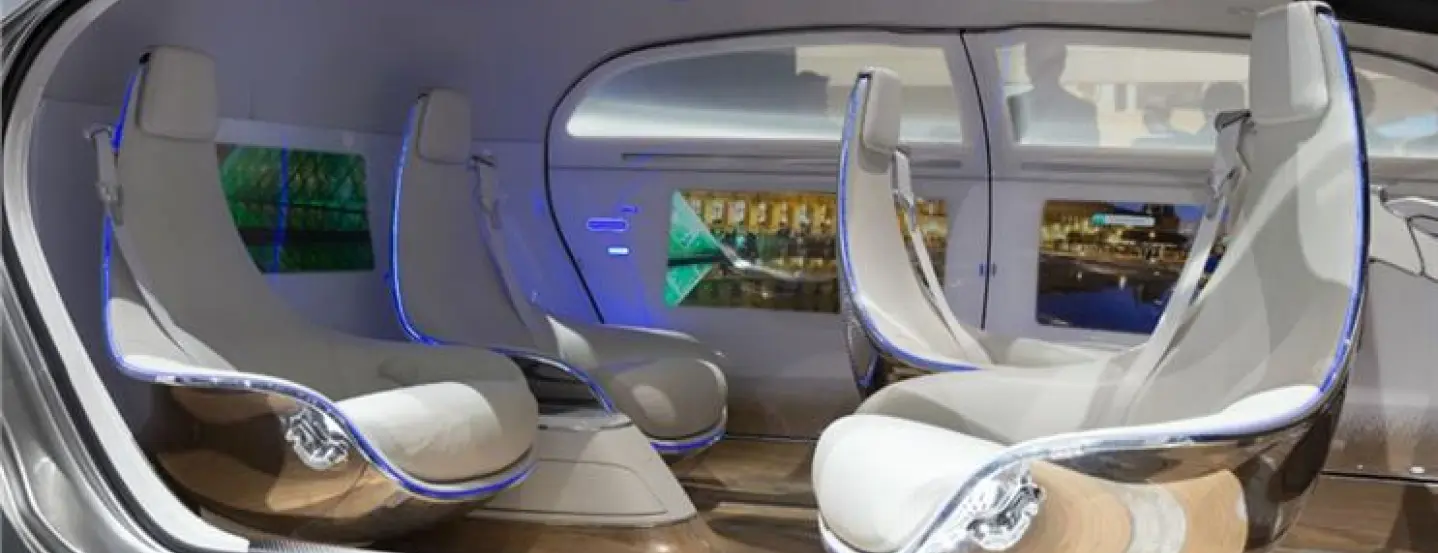My first car was an 87’ Suzuki Swift. It was white, with tinted windows and a purple strip light underneath. I had modified it to look cool while night-cruising around the beach in Whiterock, BC.
“What was your first car?” I used to get asked this question a lot, mainly at the pool table or around a water cooler.
But these days, there is a new ice-breaker question that is gaining ground: “Do you have a car?”
We are now in an era where it’s popular to use ride-hailing apps like Uber and Careem, and it’s more affordable than ever to not own a car at all. Owning a car is still around 50% cheaper than hailing. There hasn’t been a decline in auto-sales yet, even in the leading Uber-filled city of Seattle. But the future or ride-hailing is pretty bright.
As electric vehicles (EV) become more affordable, sharing economies will make the switch. EVs are cheaper to maintain and also cheaper to power than petrol cars. The sales of EVs in the United States increased from USD $199,000 in 2017 to USD $361,000 in 2018 – that’s up 81% YoY. And EV manufacturer, Tesla, has made them as affordable as ever; forcing the price of its Model 3 down to USD $35,000. The Model 3 was 1st in revenue and 5th in volume in passenger car sales in the US, in 2018.
In China, it’s a buzz-fact that the sales of internal combustion engine cars (ICEs) hit their permanent peak in 2018.. That means that there will never be another time, EVER, when petrol cars outsell electric cars. China’s Great Wall Motors EVs are even more affordable than Tesla’s at USD $8,680, and with a 220km range they are a solid solution for the average commuter.
Range used to be an issue, but new battery technologies like Zinc Bromide Flow offer three-times the storage capacity of the current Lion batteries that are available. StoreDot already has a battery that’s capable of powering an EV for 500km on just a five-minute charge! This is not the future, folks, this is today.
How much cheaper will ride-hailing be once cars are driverless?
Yes, having an EV means low maintenance costs, but an AI future means low labour costs too. US company, WAYMO logged nearly 2 million driverless kilometres in 2018 alone. How long will it be until all major global cities are swarming with driverless electric taxis? 5 years? 3 years? What are your thoughts?
If that 80 AED Friday brunch trip to the Palm costs only 15 AED, will you still own a car?
Probably not.
So, what will your last car be?
18 May 2022
Preparing For A Driverless Future: “What Was Your Last Car?”

My first car was an 87’ Suzuki Swift. It was white, with tinted windows and a purple strip light underneath. I had modified it to look cool while night-cruising around the beach in Whiterock, BC.
Article by: Dr. Corrie Block
Share


